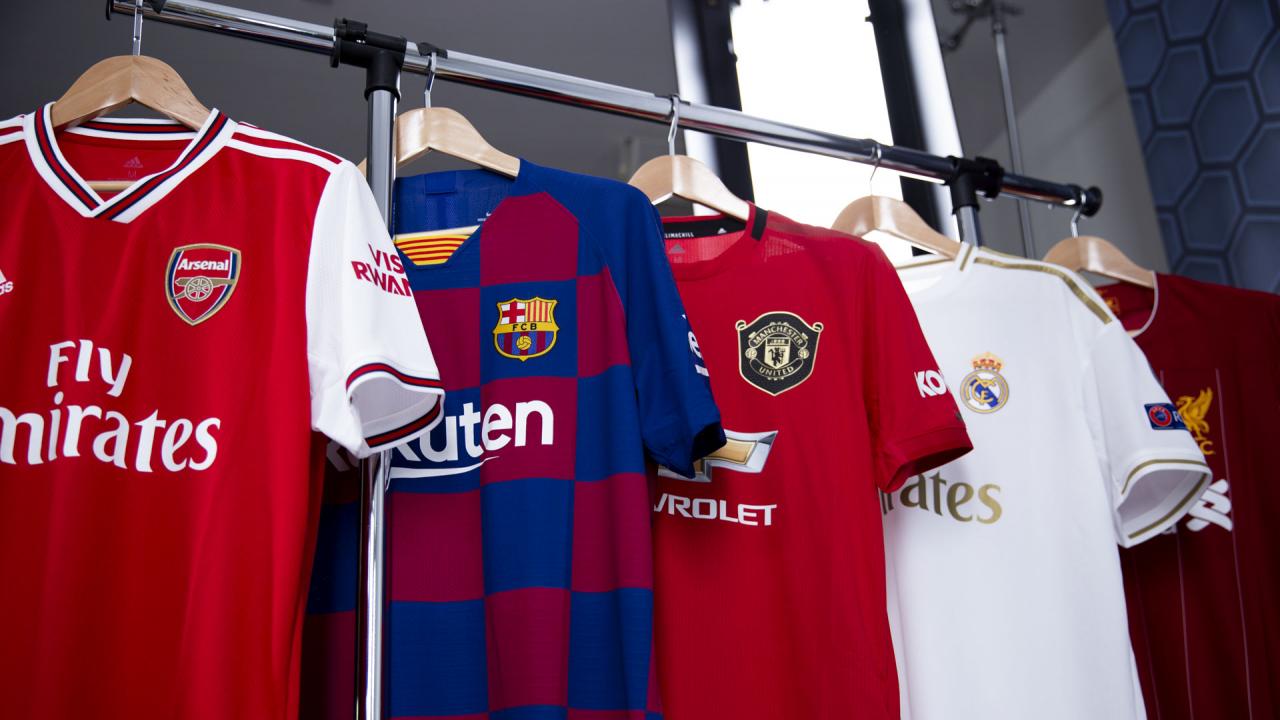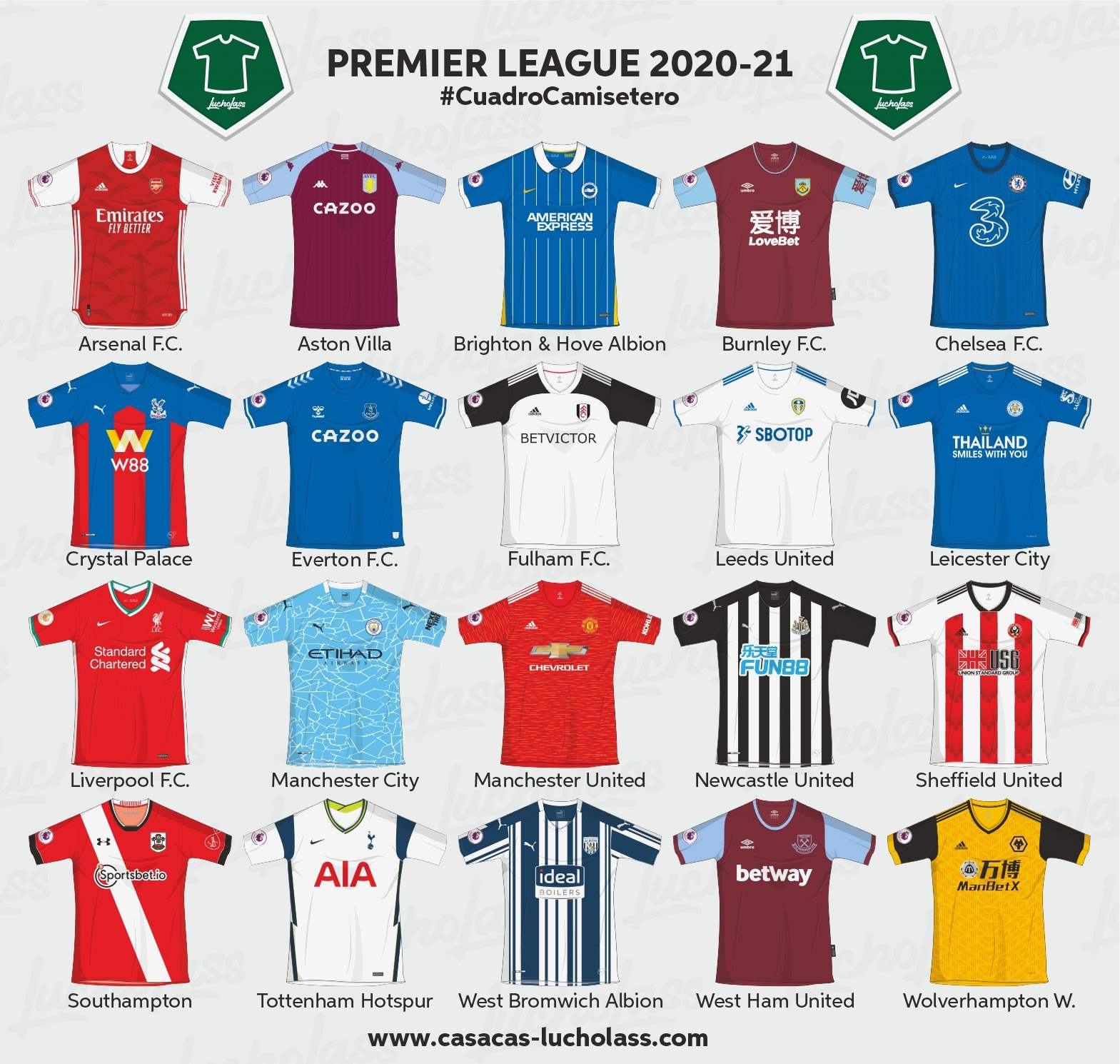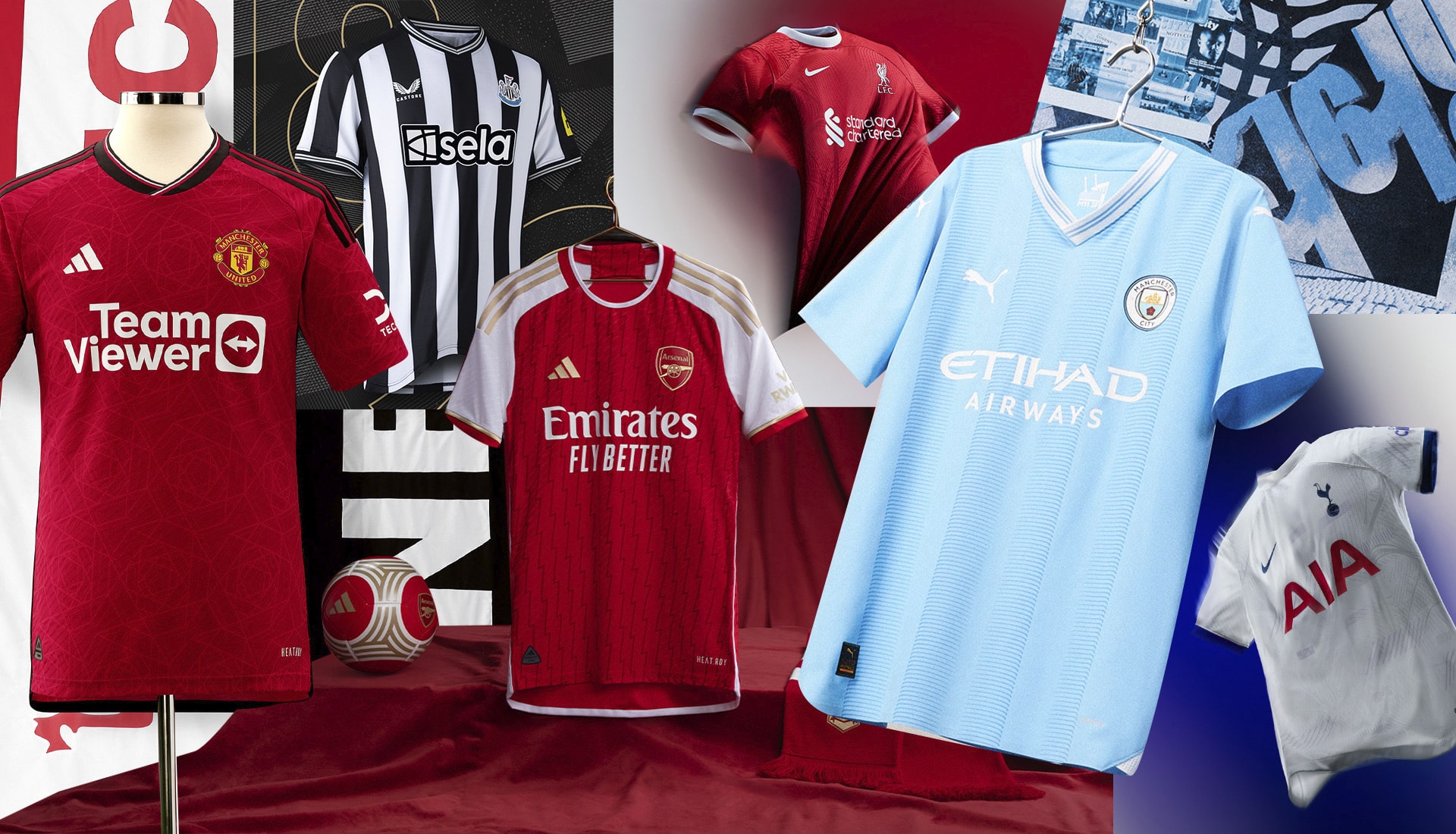League One jerseys are more than just fabric; they represent team pride, cultural trends, and a significant market. This examination delves into the design, manufacturing, pricing, and cultural impact of these iconic garments, exploring everything from the creative process to the retail landscape.
From the initial design concept to the final product reaching fans, the journey of a League One jersey is a complex one. This involves meticulous planning, precise manufacturing, and strategic marketing to ensure that these pieces of clothing resonate with supporters and reflect the unique identity of each club. The influence of sponsorships, evolving design trends, and the ever-changing demands of the market also play crucial roles.
League One Jersey Trends and Market Analysis: League One Jerseys
The English Football League One, a vibrant and competitive division, offers a fascinating case study in the world of football jersey design, manufacturing, and sales. This article delves into the various aspects of League One jerseys, exploring their popularity, production methods, pricing strategies, design elements, retail distribution, and cultural impact.
Popularity and Trends of League One Jerseys
League One jersey designs reflect a blend of classic football aesthetics and contemporary trends. Popular styles often incorporate clean, minimalist designs, with a focus on the club’s primary colours and crest. Retro-inspired designs, drawing on historical kits, are also gaining traction. There is a noticeable variation in design philosophy across teams. Some clubs opt for bold, striking designs, while others prefer a more understated approach.
The influence of kit sponsors is significant; major sponsors often dictate colour schemes and placement of logos, impacting both the aesthetic appeal and sales potential of the jersey. For example, a prominent sponsor’s logo may necessitate a change in the usual colour scheme, altering the overall look and potentially influencing fan purchasing decisions.
Manufacturing and Production of League One Jerseys
The production of a League One jersey is a multi-stage process involving design, pattern making, fabric selection, cutting, stitching, and quality control. Materials vary; high-end jerseys often use premium fabrics like breathable polyester blends for enhanced comfort and performance, while budget-friendly options may utilize more basic materials. High-end jerseys may also involve more intricate stitching and embellishments, adding to the overall cost and quality.
The design process, from initial concept to finished product, can be broken down into distinct stages.
Examine how betexplorer england league one can boost performance in your area.
| Step | Timeframe |
|---|---|
| Design Concept & Initial Sketches | 1 week |
| Fabric Selection & Sourcing | 1 week |
| Pattern Making & Sample Creation | 2 weeks |
| Production & Quality Control | 4 weeks |
| Packaging & Distribution | 1 week |
Pricing and Market Analysis of League One Jerseys
Several factors influence the price of a League One jersey, including material quality, manufacturing costs, brand recognition of the club, and the presence of any special features or limited editions. Prices generally fall below those of Premier League jerseys but are comparable to those of other lower-tier professional leagues. Market demand fluctuates throughout the season, peaking during periods of strong on-field performance and the release of new kits.
| Team | Price Range | Material | Availability |
|---|---|---|---|
| Charlton Athletic | £45-£60 | Polyester | In Stock |
| Sheffield Wednesday | £50-£70 | Polyester Blend | Limited Stock |
| Wycombe Wanderers | £40-£55 | Polyester | In Stock |
| Portsmouth | £45-£65 | Polyester Blend | Pre-order |
Design Elements and Branding of League One Jerseys

League One jerseys typically feature the club crest, sponsor logos, and often incorporate stripes or other patterns. Innovative designs might include unique colour combinations, subtle geometric patterns, or nods to the club’s history. Branding plays a crucial role in jersey sales; a strong brand identity, reflected in the jersey’s design, can significantly impact fan engagement and purchasing decisions.
A hypothetical League One jersey for a fictional club, “Northampton Rovers,” could feature a predominantly navy blue design with subtle tonal stripes across the shoulders. The club crest would be embroidered on the left breast, while a sponsor logo would be placed on the front, centrally positioned. A classic round neck collar would complete the look, creating a clean and timeless aesthetic.
Retail and Distribution of League One Jerseys
League One jerseys are typically sold through official club shops, online retailers, and sporting goods stores. E-commerce has become increasingly important, providing a convenient and global reach for clubs. The supply chain involves several key stages:
- Manufacturing
- Wholesaling
- Retailing (Online & Physical Stores)
- Consumer
The Cultural Impact of League One Jerseys

Football jerseys hold significant cultural weight, acting as powerful symbols of team loyalty and identity. League One jerseys are no exception, reflecting the history and traditions of individual clubs. The design elements, colours, and patterns often draw on historical kits or local imagery, forging a strong connection between the club and its fans. Fans use jerseys to publicly demonstrate their support, creating a sense of community and shared identity.
Changes in jersey design can reflect broader social trends, illustrating how football culture interacts with wider societal shifts.
League One jerseys are a fascinating intersection of sport, fashion, and commerce. Their design, production, and sale reflect broader cultural trends while simultaneously forging a strong connection between clubs and their supporters. Understanding the market dynamics and cultural significance of these jerseys offers valuable insight into the wider world of football and its passionate fanbase.

